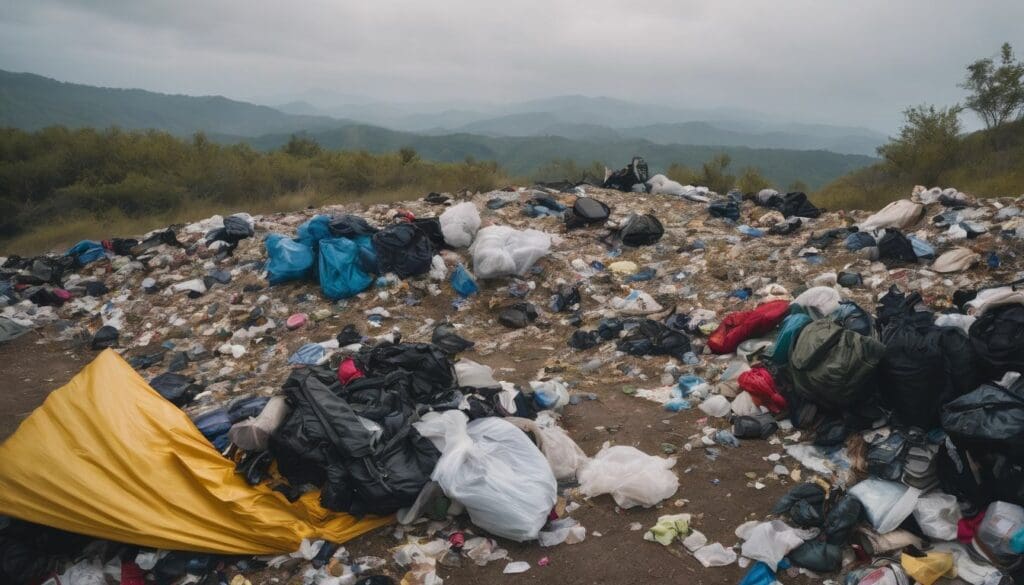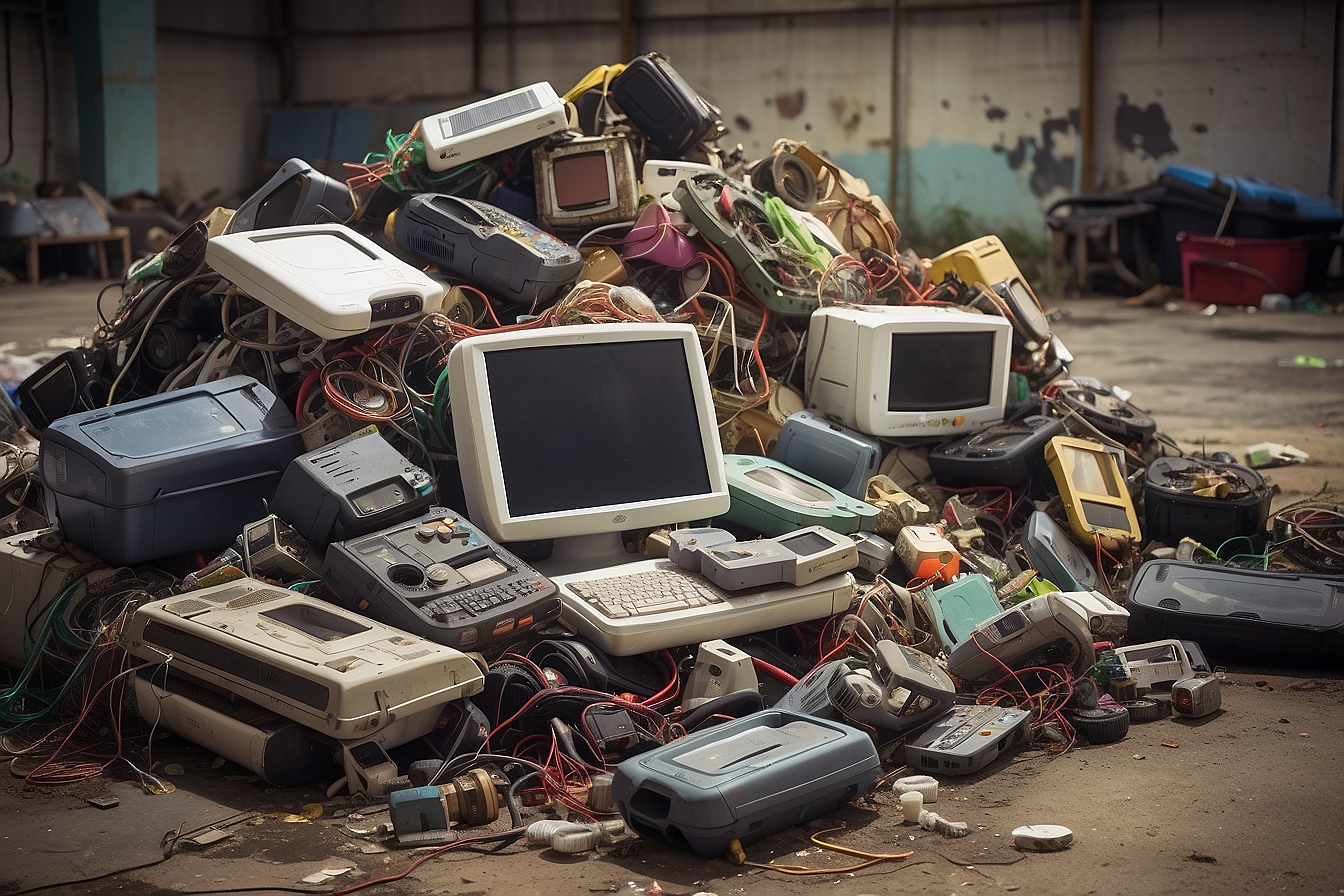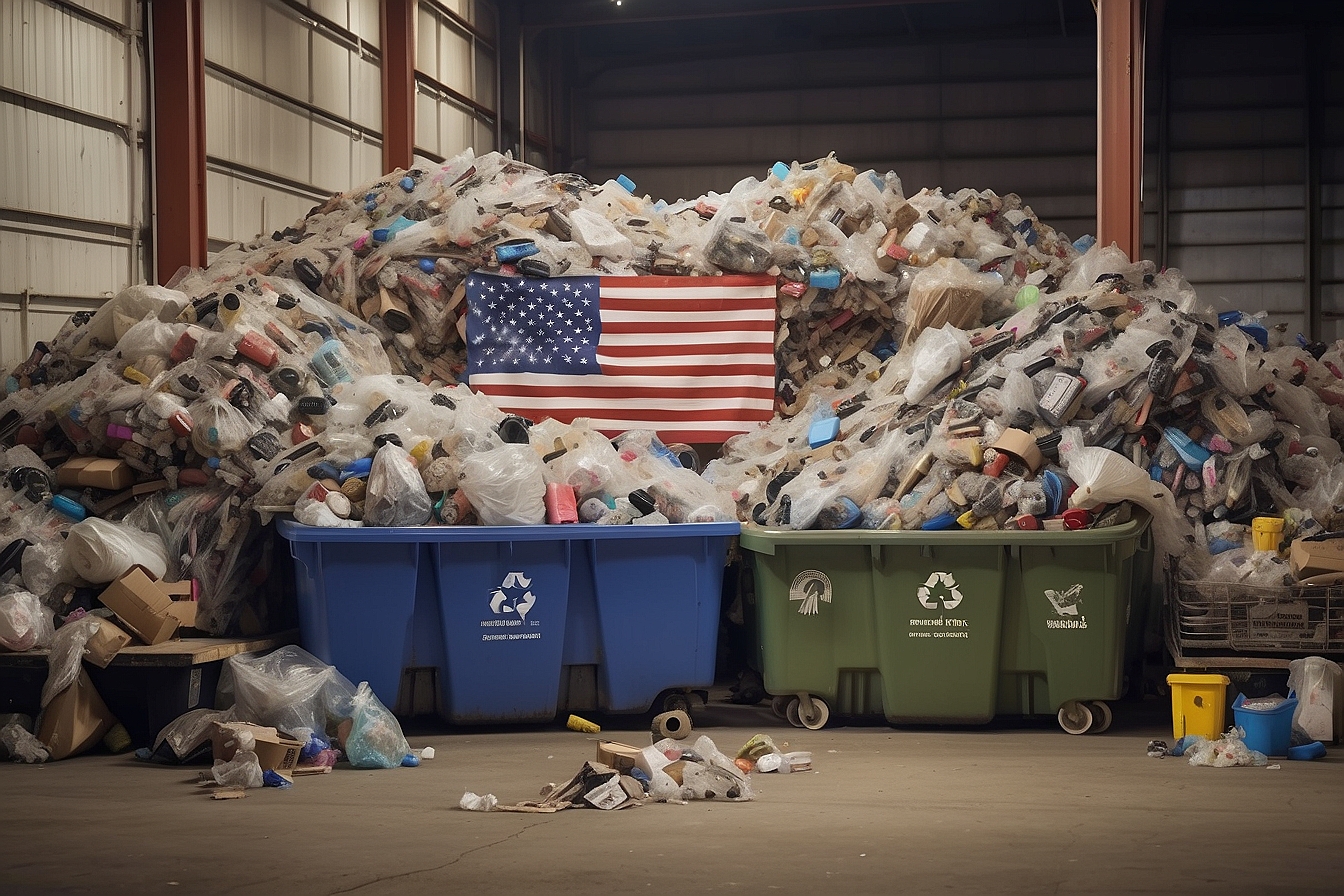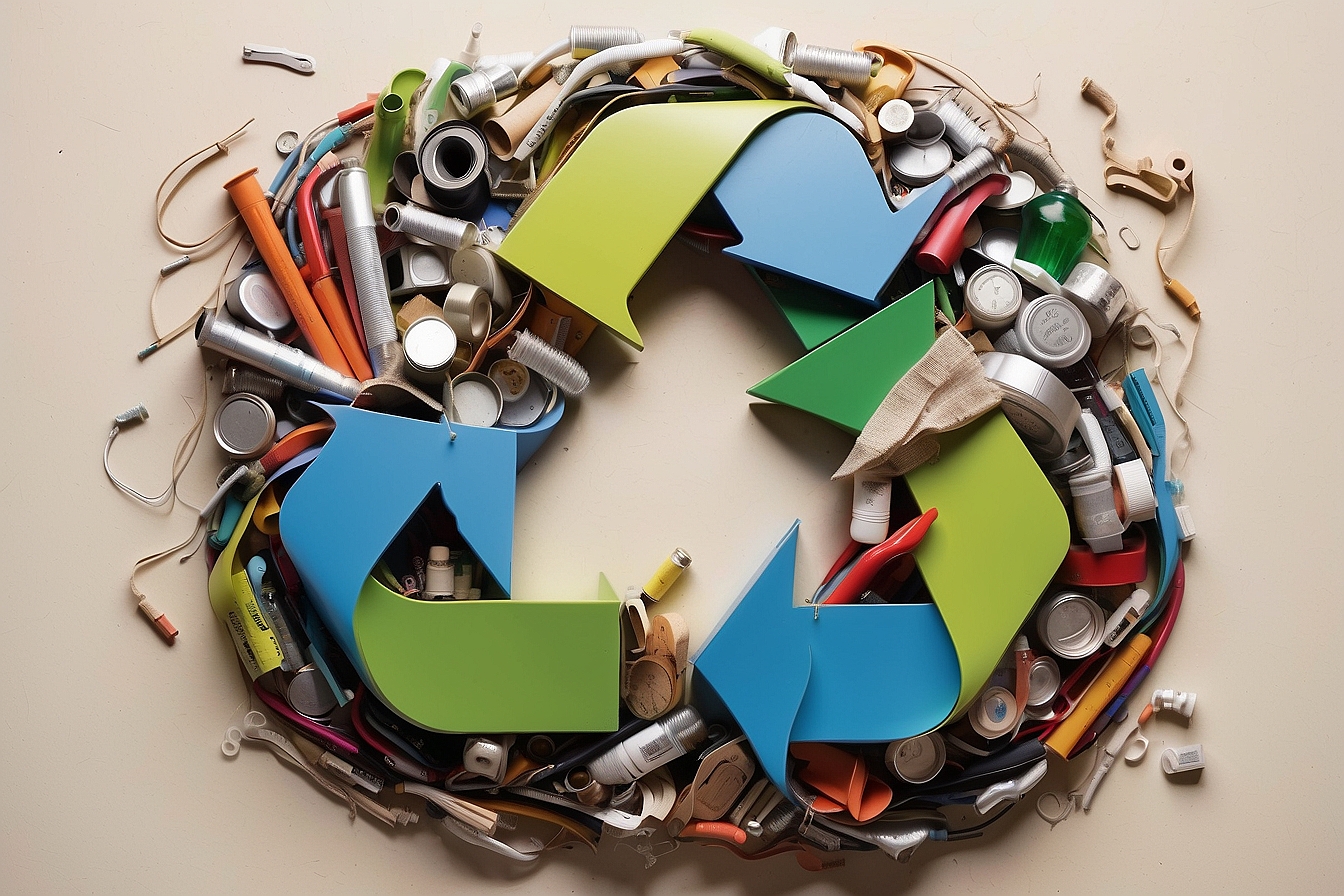Clothing is an integral part of our everyday lives, often reflecting who we are and how we wish to be seen in the world. However, it’s all too easy to overlook the ultimate fate of these garments once they’ve fallen out of favour in our wardrobes.
In much the same way that a cuppa prompts reflection, so too did our curiosity about those ever-growing mountains of discarded attire lead us to uncover some rather startling facts – such as the astonishing revelation that producing just one pair of jeans can consume upwards of 3,500 litres of water!
In this article, we’re peeling back the layers on fashion waste and offering up practical suggestions on how you can join us in making more sustainable sartorial selections. So let’s pop the kettle on and settle in; together we’ll explore how small changes can make a big difference—it really is time for a stitch in time to save nine.
Key Takeaways
- The fashion industry produces too many clothes, with brands releasing multiple collections yearly, leading to unsold stock that often ends up in landfills or incinerators.
- Consumer demand for fast fashion contributes to overproduction and excessive textile waste which harms the environment through water pollution, microplastic contamination and greenhouse gas emissions.
- Choosing ethical and sustainable brands that use eco-friendly materials and fair labour practices can help lower the industry’s environmental impact.
- Personal actions like buying less, opting for second – hand clothing, donating old garments, recycling textiles and supporting sustainable companies can make a significant difference.
- Political engagement is essential; advocating for regulations on waste management within the fashion industry and incentives for environmentally responsible practices will drive systemic change.
The Fashion Industry’s Waste Problem
The fashion industry is facing a growing waste problem due to overproduction, increased consumer demand, and lack of proper disposal methods. This has led to significant environmental impact such as water pollution, microplastics, and greenhouse gas emissions.
Overproduction
Every year, we face a mounting pile of clothing waste because garments are being produced at an unsustainable rate. Fashion brands churn out new collections multiple times a year, leading to overstock that often goes unsold.
This excess inventory typically ends up in landfills or is destroyed, contributing substantially to the environmental crisis we’re addressing today.
We must acknowledge the role fast fashion plays in amplifying this issue. It tempts us with low prices and trendy items, triggering overconsumption that feeds into the cycle of waste.
As a result, valuable resources are wasted on products that may never be worn. Our next focus should be on increased consumer demand and its implications for sustainability within the fashion industry.
Increased consumer demand
Fashion trends are changing rapidly, leading to increased consumer demand for new clothing items. These changing trends often result in a “fast fashion” culture where individuals purchase more clothing than needed, contributing to the industry’s waste problem.
The pressure to keep up with the latest styles leads to overproduction and excessive consumption of textiles, exacerbating the environmental impact of the fashion industry.
Consumers play a crucial role in driving change towards sustainability within the fashion industry. As environmentally conscious individuals, we can make a difference by rethinking our approach to shopping and embracing sustainable practices.
By advocating for ethical brands and supporting initiatives that promote eco-friendly alternatives, we can influence positive change in reducing textile waste and creating a more sustainable fashion landscape.
Moving forward, considering alternative approaches such as second-hand shopping or participating in clothing swaps can significantly decrease our environmental footprint while still embracing personal style preferences.
It’s essential that we remain mindful of our purchasing decisions and opt for quality over quantity when it comes to clothing consumption.
Lack of proper disposal methods
With increased consumer demand comes the inevitable issue of waste in the fashion industry. Unfortunately, there is a lack of proper disposal methods for the vast amount of textile waste generated by garment production and overconsumption.
This results in significant environmental impact, including water pollution from chemical dyes and treatments, microplastics entering ecosystems, and greenhouse gas emissions from decomposing textiles.
Considering these challenges, it’s crucial to advocate for more sustainable practices within the fashion industry. By promoting ethical brands that prioritise responsible disposal methods or supporting initiatives aimed at improving recycling processes, we can address this pressing concern and work towards a cleaner and healthier environment for future generations.
Impact on the environment (water pollution, microplastics, greenhouse gases)
The fashion industry’s impact on the environment is significant, contributing to water pollution through the discharge of chemical-laden wastewater from textile production. This pollution detrimentally affects aquatic ecosystems and human communities that rely on contaminated water sources.
Moreover, the prevalence of microplastics in clothing contributes to marine pollution when these synthetic fibres shed during washing and find their way into oceans and rivers, posing a threat to marine life.
Additionally, greenhouse gas emissions from textile manufacturing processes further exacerbate climate change, intensifying its environmental consequences.
These environmental impacts underscore the urgent need for sustainable practices within the fashion industry. Embracing ethical fashion brands that prioritise eco-friendly materials and transparent supply chains can significantly mitigate these negative effects.
Steps Towards a More Sustainable Fashion Industry
We can make a difference by supporting ethical and sustainable brands, reducing our own consumption, properly disposing of clothing, and advocating for political action. Join us in the fight for a more sustainable fashion industry! Click here to read more about how you can help make a change.
Ethical and sustainable brands
Personal actions (reducing consumption, proper disposal)
To reduce the environmental impact of the fashion industry, we can take personal actions to make a difference. Here are some practical steps we can take:
- Buy less and choose quality over quantity to reduce overconsumption.
- Embrace second – hand shopping and clothing swaps to extend the lifespan of garments.
- Donate or recycle unwanted clothes rather than throwing them away.
- Support brands that prioritise sustainability and ethical production practices.
- Educate ourselves about sustainable fabric choices when making purchasing decisions.
- Mend and repair our clothes instead of discarding them at the first sign of wear and tear.
Political action (regulations, support for ethical brands)
- Implementing strict regulations on waste management and production levels within the fashion industry to reduce overproduction and improper disposal of textiles.
- Supporting ethical and sustainable brands by choosing to purchase from companies that prioritise responsible production methods and waste reduction practices.
- Advocating for government policies that promote environmental sustainability within the fashion industry, such as tax incentives for eco-friendly practices and penalties for excessive waste generation.
Conclusion
In conclusion, the fashion industry’s waste problem is a significant concern. Ethical and sustainable brands, along with personal actions to reduce consumption and proper disposal methods, are crucial steps towards a more sustainable future.
Political action in the form of regulations and support for ethical brands plays a pivotal role in addressing this growing issue. Together, we can work towards reducing waste in the fashion industry and preserving our environment for future generations.
FAQs
1. Why is waste a big problem in the fashion industry?
Waste is a major concern in the textile industry because it leads to lots of pollution, with leftover materials and unsold clothes hurting our environment.
2. How does fashion contribute to pollution?
The fashion industry contributes to pollution during production processes and through waste when consumers throw away old or unwanted clothes.
3. What can we do to reduce waste in the fashion industry?
We can reduce waste by upcycling old garments into new pieces, choosing quality over quantity, and supporting brands that practice sustainable manufacturing.
4. Is there a way for ordinary people to help tackle fashion industry pollution?
Absolutely! Ordinary people can make a difference by recycling their own clothes, buying less, choosing eco-friendly brands, and spreading awareness about textile waste.





